
En el año de 1976 cuatro jóvenes de Manchester asistieron a un concierto de los Sex Pistols, que volvo sus mentes y expectativas para siempre, motivándolos a crear una banda entre ellos mismos. A partir de esto surgio Joy Divison, una banda conformada por cuatro integrantes , con un sonido innovador, que nunca se había escuchado en aquella época. Por desgracia la banda solo triunfo por tres años y el sueño de un sonido original murió cuando el vocalista Ian Curtis , paso a mejor vida. Los miembros restantes ahora son parte de un banda llamada New Order, increíblemente exitosa, que de ves en cuando deja salir a la luz partes de su verdadera identidad, Joy division.
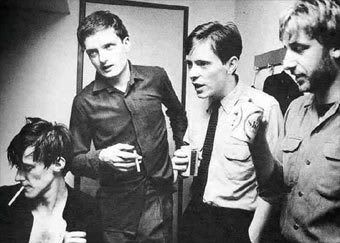
Grant Gee , nos presenta la realidad de esta banda desde sus inicios, fotografías, materiales en vivo, películas de aquella época, nos van recordando como surgió el sueño de cuatro chicos por formar una banda y como fue el largo recorrido para convertirlo en realidad. El documental se sitúa con la banda no sólo en el contexto musical del punk y el post-punk, sino en el hambre cultural dentro del paisaje claustrofóbico de Manchester post-industrial que los rodeaba y marcaba cada nota de su música.
Este relato visual sin precedentes de un tiempo y lugar, es sincero , creativo y sumamente realista, la historia real detrás de esta banda se va desenvolviendo a partir de los testimonios de los miembros sobrevivientes de la banda Bernard Sumner, Peter Hook y Stephen Morris, además de otros personajes claves en la historia, incluyendo a su amigo y Génesis músico igualmente aislado P. Orridge, el fallecido propietario de la legendaria Factory Records, Tony Wilson, el icónico artista gráfico Peter Saville, el fotógrafo-cineasta Anton Corbijn, Annik Honoré y muchos otros.

Me parece increíble pensar en el impacto que provoco una banda que tan solo vivió por tres años, cuanto talento desperdiciado quedo ahí, cuantas canciones y melodías faltaban por existir y enriquecer el mundo musical antes de que el joven Ian Curtis eligiera quitarse la vida. Un acierto definitivamente para su trabajo anterior, haber logrado alcanzar aquel nivel de influencia con una trayectoria tan joven me parece increíble, haba de la calidad y originalidad de su música. Pero una tragedia por lo que faltaba por venir. Probablemente ese era el destino de Joy Division, hacer una aparición fugaz que trastornara por completo el estilo de la música, y la forma en la que se escuchan muchas de nuestras bandas favoritas en la actualidad, pero siempre seguiré pensando que aun nos faltaba mas de Ian Curtis y aun mas de Joy Division.

La vida de los rockstars, es sumamente corta, ¿pero es acaso esa la razón por la que su nombre y fama perduran para siempre? ¿Una forma de inmortalizar su música o no?
Rock stars -- notorious for their "crash and burn" lifestyles -- really are more likely than other people to die before reaching old age.
A study of more than 1,000 mainly British and North American artists, spanning the era from Elvis Presley to rapper Eminem, found they were two to three times more likely to suffer a premature death than the general population.
Between 1956 and 2005 there were 100 deaths among the 1,064 musicians examined by researchers at the Centre for Public Health at Liverpool John Moores University.
As well as Presley, the toll of those dying before their time included Doors singer Jim Morrison, guitar hero Jimi Hendrix, T Rex star Marc Bolan and Nirvana's Kurt Cobain.
More than a quarter of all the deaths were related to drugs or alcohol abuse, said the study in the Journal of Epidemial Community Health.
"The paper clearly describes a population of rock and pop stars who are at a disproportionate risk of alcohol and drug related deaths," said Mark Bellis, lead author of the study.
He said the study raised questions about the suitability of using rock stars for public health messages such as anti-drug campaigns when their own lifestyle was so dangerous.
"In the music industry, factors such as stress, changes from popularity to obscurity, and exposure to environments where alcohol and drugs are easily available, can all contribute to substance use as well as other self-destructive behaviors," the report said.
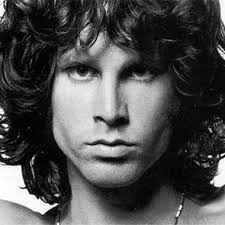
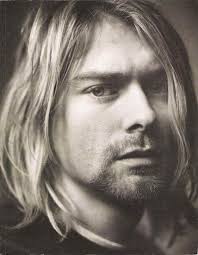


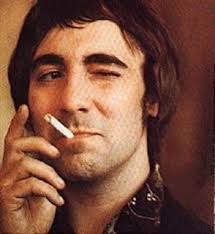
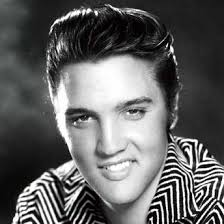
FIRST FIVE YEARS RISK
It found that musicians were most at risk in the first five years after achieving fame, with death rates more than three times higher than normal.
Hendrix, Bon Scott of AC/DC and punk rocker Sid Vicious all died within five years of hitting the big time, said Bellis.
Among British artists the risk of dying remains high until around 25 years after their first success, when they return to near normal life expectancy.
That bodes well for rock survivors like The Who's 63-year-old Roger Daltrey, who famously first sang "I hope I die before I get old" in the song "My Generation" back in 1965.
But this trend was not found in North America, where ageing rockers remain almost twice as likely to suffer a premature demise, particularly from heart attack or stroke.
American stars Jerry Garcia of the Grateful Dead, Carl Wilson of the Beach Boys and Johnny Ramone of the Ramones all died in their 50s.
Bellis suggested that the high death rate among older American musicians could be related to the continent's greater appetite for reunion tours, exposing the artists for more years to an unhealthy "rock'n'roll" lifestyle.
It could also be due to the poor medical outlook for impoverished American ex-pop stars who have no health insurance, he said.

No hay comentarios:
Publicar un comentario